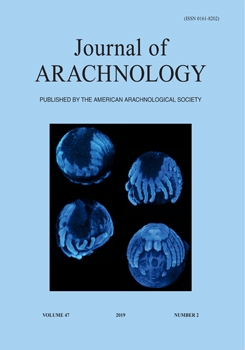Spiders were once thought to have limited color production palettes, and even to lack melanin – one of the most ubiquitous biological pigments. Recent discoveries upend that view and show that the color production mechanisms in spiders are as elaborate as some of the more classically colorful groups of animals, such as birds, butterflies, and beetles. Here we summarize how colors are produced by spiders, identify gaps in our knowledge, show how researchers investigating color in different groups of animals can learn from each other, and suggest future opportunities for spider color research. Our understanding of color production mechanisms in other colorful groups of animals can be used as guidelines for discovering existing mechanisms previously unknown in spiders and vice versa. For example, spider species with colors potentially produced by the same kind of photonic structures previously described in white beetles, and in the blue/green scales of fishes and lizards are suggested here. In addition, novel principles first found in spiders that modify the iridescence of structural colors via the interaction of structural features across different length scales (i.e., micro-nano) may also be found in other colorful groups in the future. This review summarizes the state-of-the-art understanding regarding the proximate color production mechanisms in spiders, suggests a few future research directions that are likely to be fruitful, and facilitates the advancements in related fields, including the ecology, evolution, and functions of spider coloration.
How to translate text using browser tools
16 September 2019
Color production mechanisms in spiders
Bor-Kai Hsiung,
Matthew D. Shawkey,
Todd A. Blackledge
ACCESS THE FULL ARTICLE

The Journal of Arachnology
Vol. 47 • No. 2
August 2019
Vol. 47 • No. 2
August 2019
bioluminescent
fluorescent
iridescence
pigment
structural color




